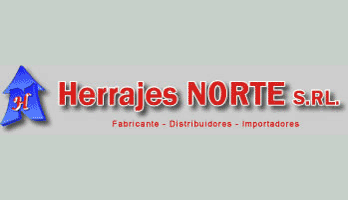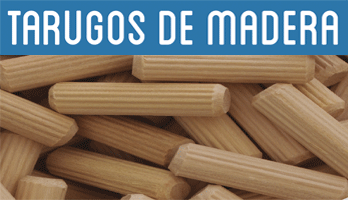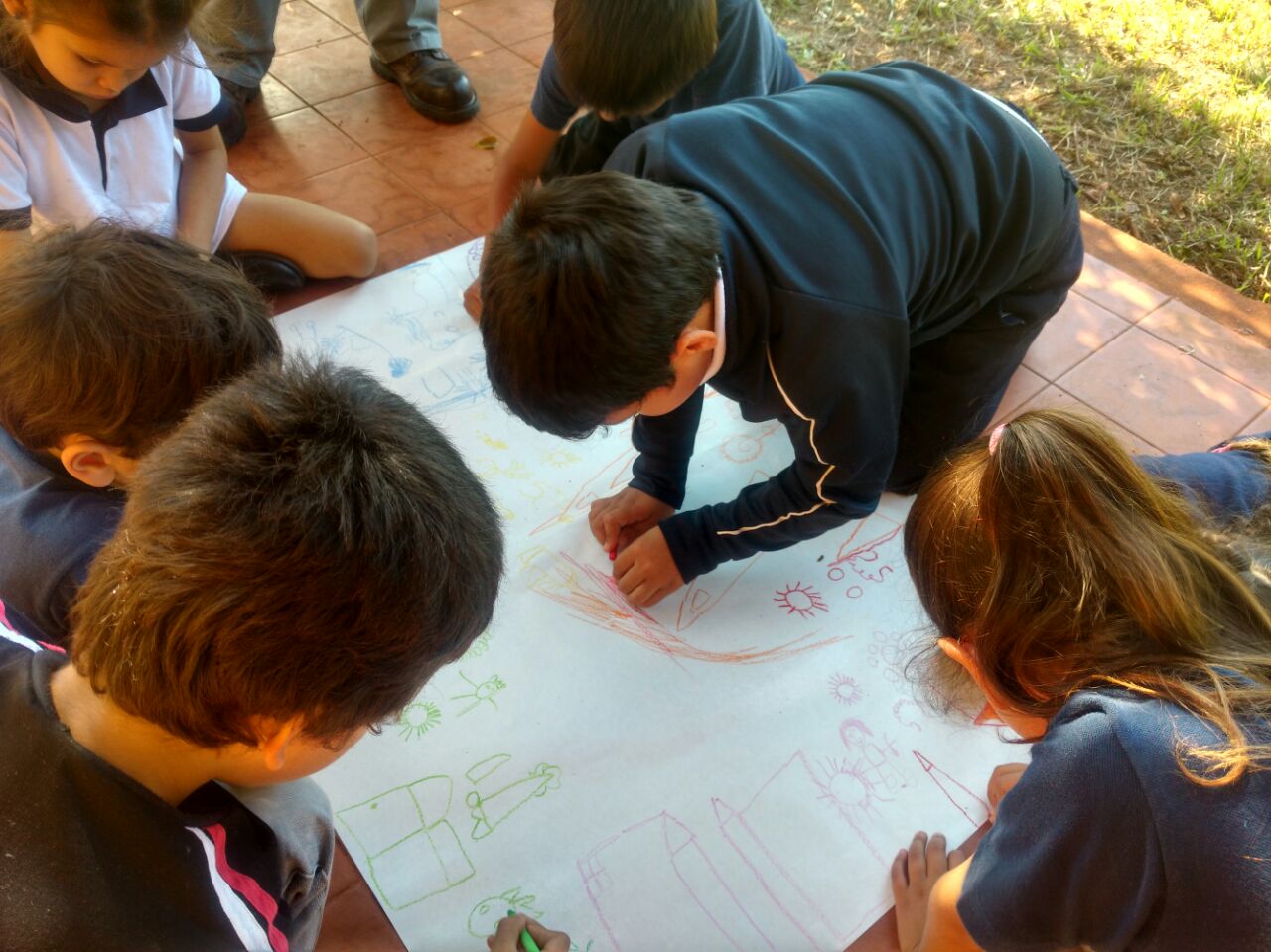
With more than 10 years of experience, the “More Forests, More Future” program has already reached more than 7000 children. Enrollment for elementary schools is open.
Corrientes, August 2021- The pandemic accelerated the process of digital transformation in almost all areas of life, impacting the way of studying and learning. For this reason, and with the aim of continuing and expanding the scope of the program, Pomera Maderas reconverted its environmental education content to the digital format.
Through didactic videos and recreational activities, the “More Forests, More Future” program brings to the students of primary and secondary schools in Corrientes and Misiones contents related to the forestry sector, the preservation of ecosystems and sustainable production. In this way, it seeks to promote the incorporation of good practices and increase environmental commitment in childhood and adolescence, from a perspective of respect and responsible use of natural resources.
Since 2010, Pomera Maderas has fostered an active and close link with the schools in the region: the program has been taught in 18 schools per year since its launch in 14 localities in the area and during its history it reached more than 7,000 students. Until 2020, different workshops were held in schools in person: "The Forest and the Jungle" with primary schools and "The Forest Cycle", "Safety in Rural Work", "Responsible Use of Fire and Forest Fires" with secondary schools .
“With the arrival of the pandemic and the closure of schools, we saw the need to reconvert and update both the format and the content that had been developed. So it was that we worked on digital pieces to be able to share with the institutions by WhatsApp or YouTube, with the idea that they could be consumed in a more flexible way by each teaching team according to their possibilities ”, highlighted Griselda Guarino, Head of MASSO of Pomera Maderas .
The proposal proposes a journey that goes from the most general knowledge to the most particular. It begins with content on ecoregions, continues with the theme of native and implanted forests and ends by explaining the forest cycle. Through these materials, students will be able to identify with their natural environment, understand the current challenges that arise in their place of belonging and will be able to value their role as key social actors for the sustainable development of that environment.
Enrollment in the program is currently open, aimed at the first and second cycle of primary schools in the south of the province of Misiones, north and center of the province of Corrientes. Including educational centers in the towns of Gobernador Virasoro, Garruchos, Garaví, San Alonso Area, Colonia Unión Area, Ituzaingó, Santa Tecla Area, Libertad Area, Villa Olivari, Nueva Abana Area, Colonia Santa Rosa, Posadas, Garupá. Interested schools can contact: masbosquesmasfuturo@gmail.com.

IT MAY INTEREST YOU
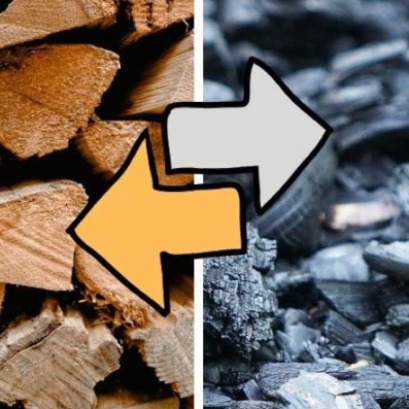 Canadian researchers make biochar from wood waste that rivals steel in strength
Canadian researchers make biochar from wood waste that rivals steel in strength
Researchers at the University of Toronto have developed monolithic biochar from wood that can reach an axial hardness of up to 2.25 GPa, similar to mild steel.
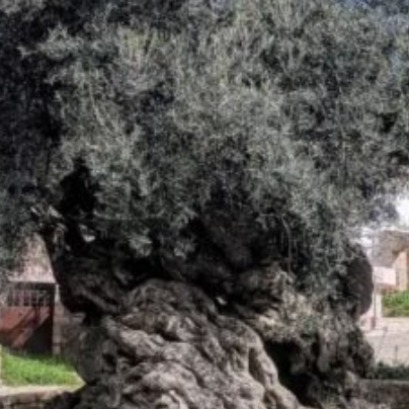 Experts cant believe it, but this tree is the oldest in the world and continues to bear fruit: it is 4,000 years old.
Experts cant believe it, but this tree is the oldest in the world and continues to bear fruit: it is 4,000 years old.
Nature keeps secrets that defy the passage of time, and one of the most surprising examples is a tree that, approximately 4,000 years old, continues to bear fruit today. This specimen has become a symbol of resistance and longevity, capable of surviving climate changes, landscape transformations and human activity itself.
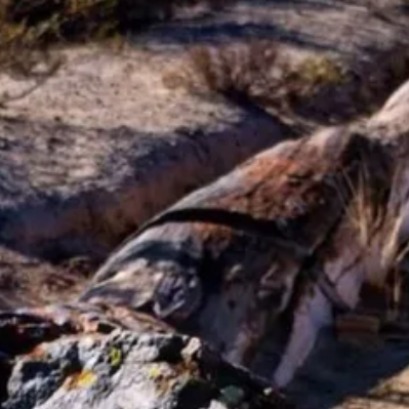 The forest of the oldest shadows: the story of the petrified trees
The forest of the oldest shadows: the story of the petrified trees
One of the natural treasures of Río Negro turns 23 years old under the protection law that allows its conservation. Where it is and how it was formed. Río Negro celebrates 23 years of conservation in the petrified forest as a Protected Natural Area (ANP). It is a space of 625 hectares that protects an exceptional site of fossil trunks that date back more than 60 million years.












